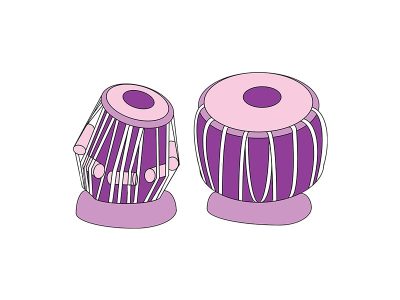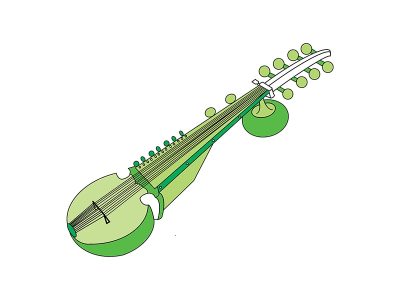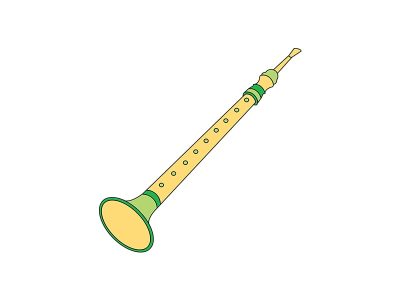What is the Mridangam?
The mridangam can be traced back to ancient Indian mythology, when it is believed that the sound it created matched and represented the movement and dances of the Gods! The name comes from the Sanskrit words “Mrid” and “Ang” which literally means “Clay Body”, which was very likely how the original mridangam was made. Over the years, it was made by different types of wood as the sound changed over time.
Today, the Mridangam is made from a large piece of hollowed out jackfruit wood. The two mouths or openings are covered with goatskin, and attached to each other with tightly bound leather straps. The two sides of the drum are different sizes, so you can get bass and treble sounds from one drum!
Mridangam is the main percussion instrument of the South indian or Carnatic form of music, and is used to accompany vocalists and all types of melodic instruments of south india. It is also used as an accompaniment for Bharatnatyam and other forms of Indian dance.
The rhythm patterns in South Indian music are complex and mathematical, so mridangam players have to be really good with their numbers, but there are only six basic types of stroke. They are combined together to make some really fascinating combinations.
Mridangam and all South Indian percussion instruments have a language of their own, and the different strokes all have names, which a good artist should normally be able to recite and play equally well.
Did you know…
Nobel Laureate Prof. C.V. Raman did some pioneering work on the harmonics of the mridangam.
Where it’s from

Listen to the Mridangam

Performer Name Patri Satish Kumar
Musical Tradition South, Carnatic




























